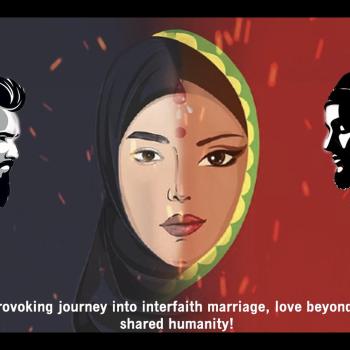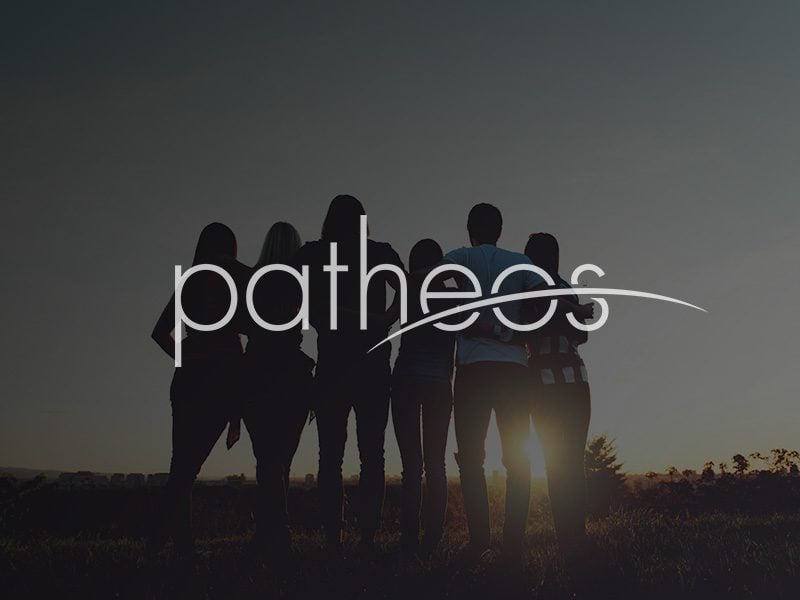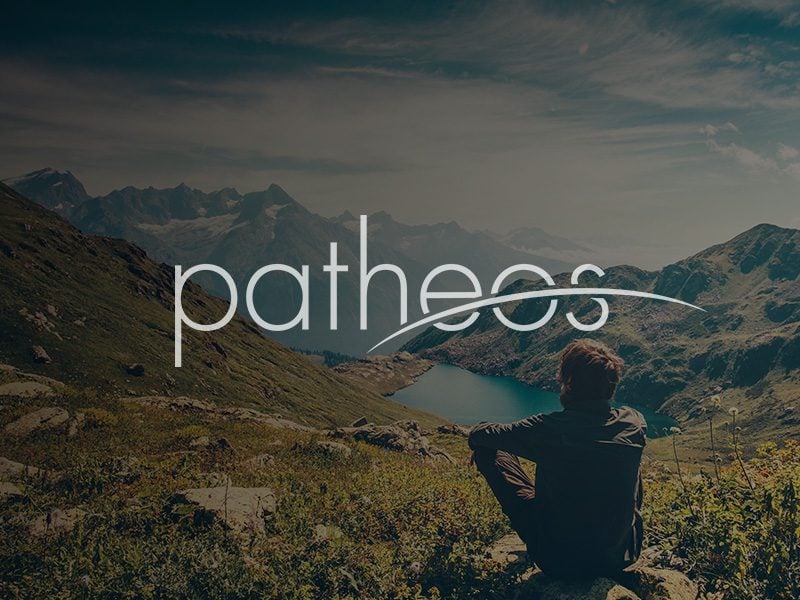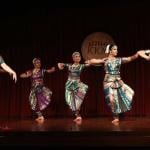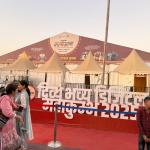
I’d like you to read, as plainly as possible, the following sentence, “I heard that you’re settled down, That you found a girl and you’re married now. I heard that your dreams came true. Guess she gave you things I didn’t give to you”. If you hadn’t heard these sentences before, and you were successful in reproducing a flat tone while reading, you would find the text interesting, as a snippet of a letter from a jilted lover, but you wouldn’t think words could make millions cry. They did, when they were sung properly, just like Adele did with “Someone Like You”. With the right rhythm and meter, the words acquire a potency that written text just cannot reproduce.
This is true for love songs. It’s also true for our knowledge of our innermost self.
—
I see a website and a community that has come together to preserve and more fully bring to life the ancient texts from the Indian traditions, whether Yoga, Buddhism, Tantra, Jaina, or Sufi.
Many of these scriptures were composed to be sung. Hence the “gita” is a song, not just plain text. The ancient seers were also kavis (poets) and their works were compositions meant to be sung first, and commented upon later. When the written word came into the culture, these compositions were still not “texts”…they would continue to be transferred as a formal oral tradition for generations.
These songs were meant to be chanted first, their sounds having a special meaning. Much like reading a pop song renders the entire song meaningless, and only when it’s sung can the words come to life; much like that the vast majority of the Indian tradition is meant to be sung first. The “meaning” becomes either self-evident upon mere listening (as with the Adele song), or becomes the seed that would germinate and fruit in time, not right now.
Much of that is lost to the general public. The prevalence of books, printed materials, and poor “Readings” makes the whole project difficult, if not outright impossible. It’s worse because the text is in an unfamiliar mother language (Sanskrit, Pali, Hindustani, Persian) that is familiar only because the spoken tongues today are descendants of these older languages, but whose syntax is only vaguely familiar, and whose dictionaries are muddled in time. Instead of enjoying the beauty and depth of these original works, we are instead reading third hand descriptions of them, and having to imagine that we’re actually being washed over by The Presence, even when we don’t experience any emotions ourselves. That’s a pity, because the original work was designed to explode inside us. Instead, we “imagine an explosion of joy inside yourself”. Never works.
A Vyasa is a compiler. Someone who brings together different versions of the text and assembles the golden version for propagation.
Imagine a website that has the original chants (set to meter), Sanskrit, Romanized transliteration, literal translation for every word, phrase and verse, as well as the commentaries by various thinkers…all in one place.
This would be the work of a community, just like Wikipedia is. Once the ball is set into motion, this could be funded by benefactors, and the community could run campaigns to cover texts, say, the Isha Upanishad drive, sponsored by one rich benefactor (or Kickstarter crowdfunded), and bringing together scholars, singers, scribes and geeks together to create this multimedia public resource for future generations to gain from.
It’s time to bring the oral traditions back to life.
—




